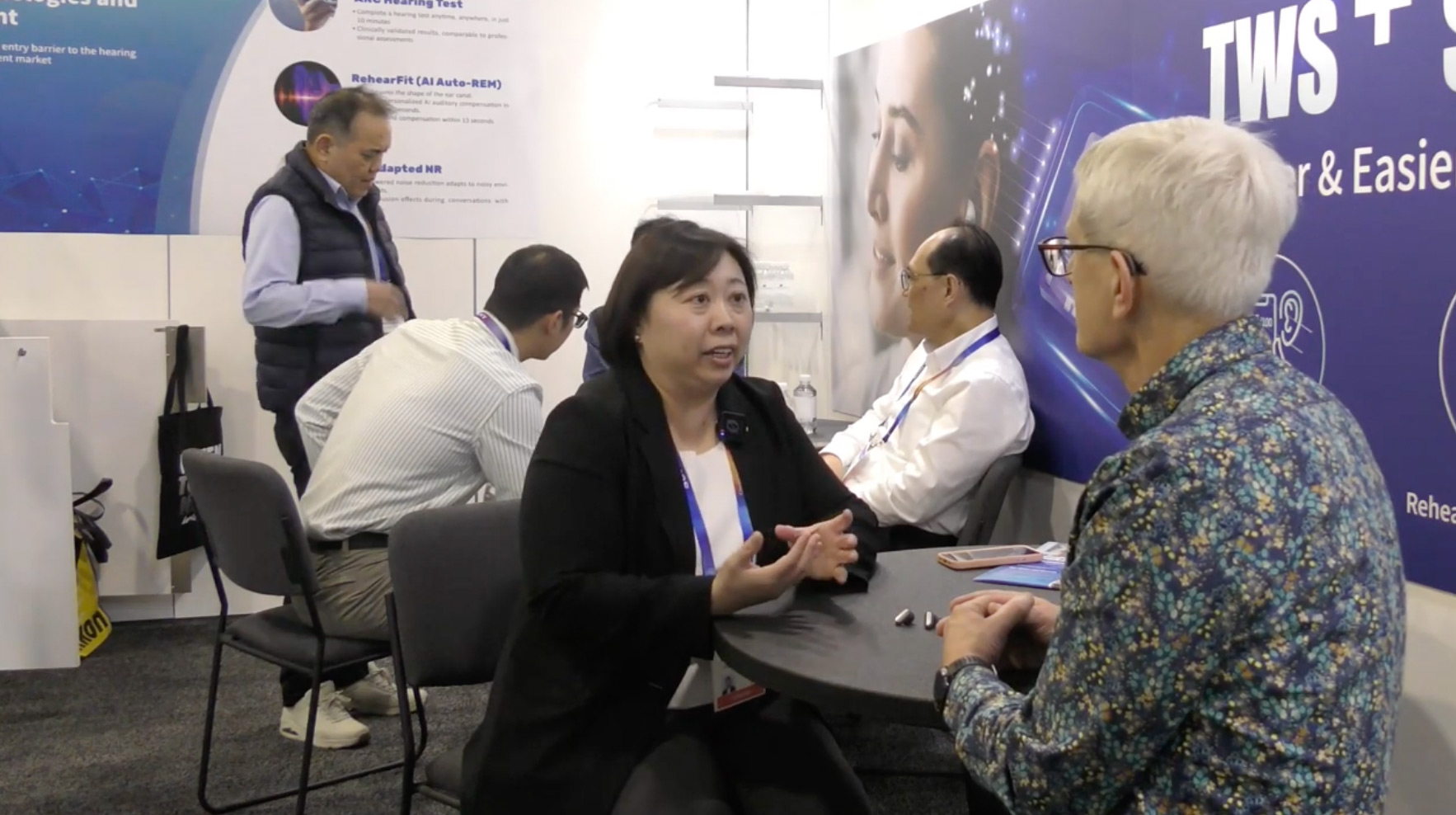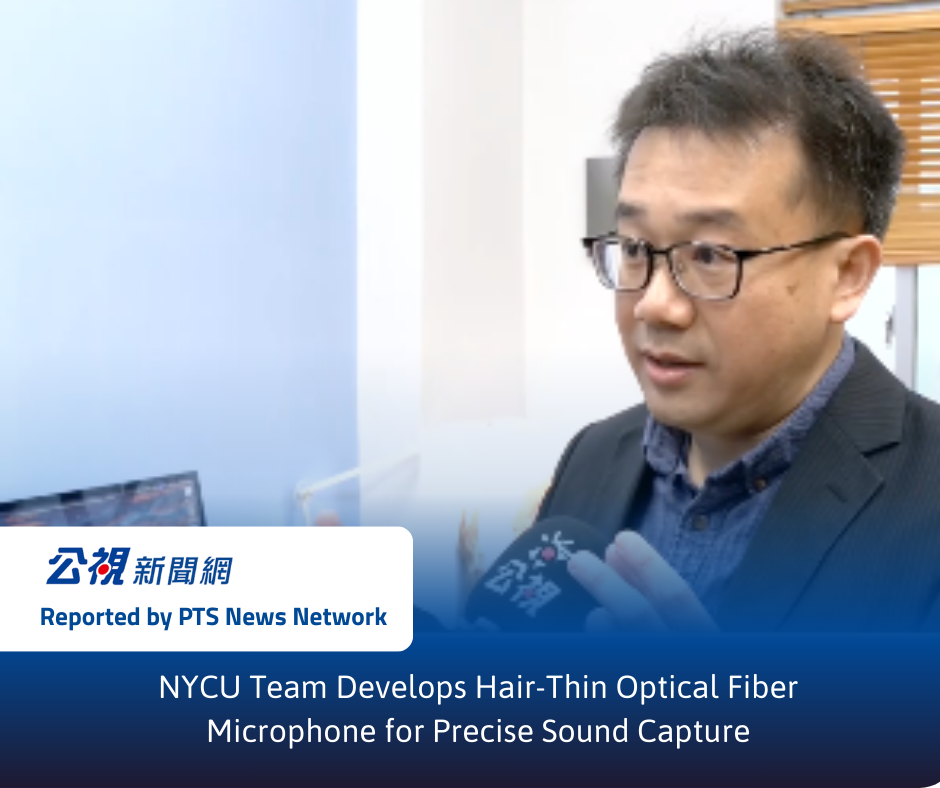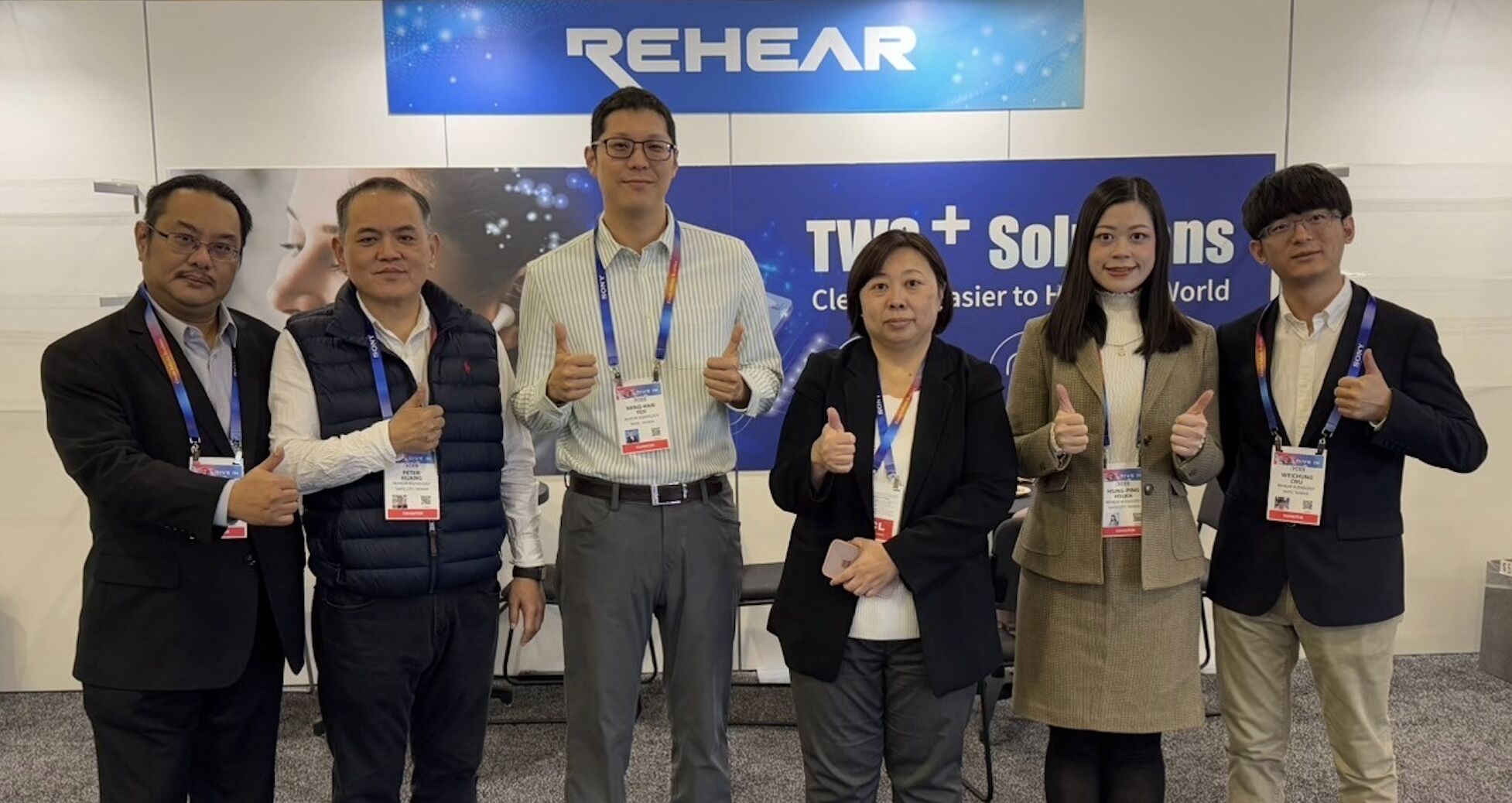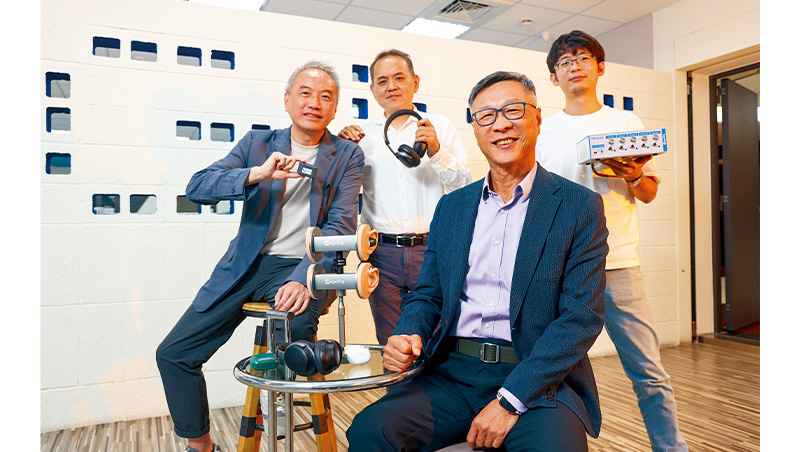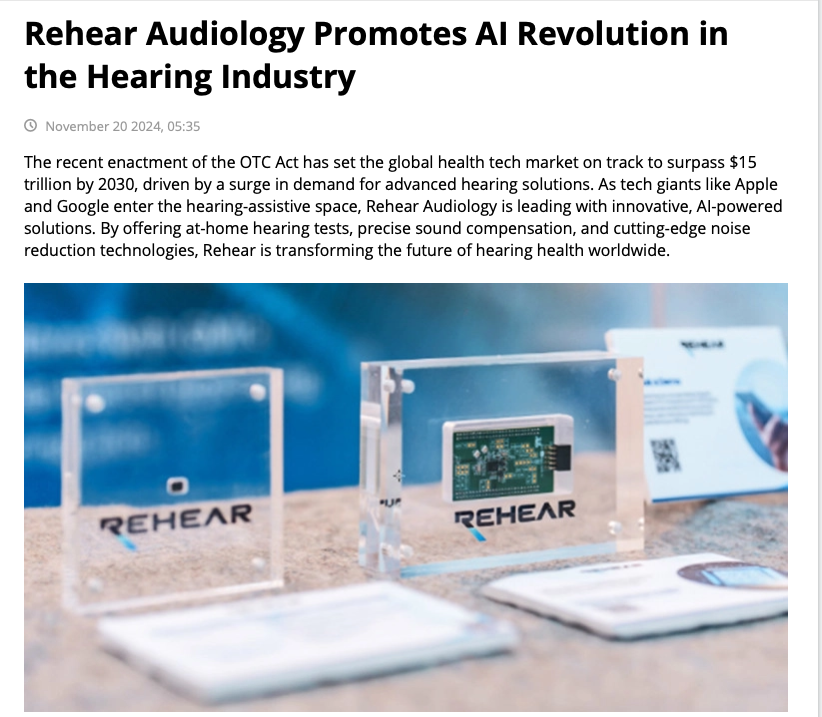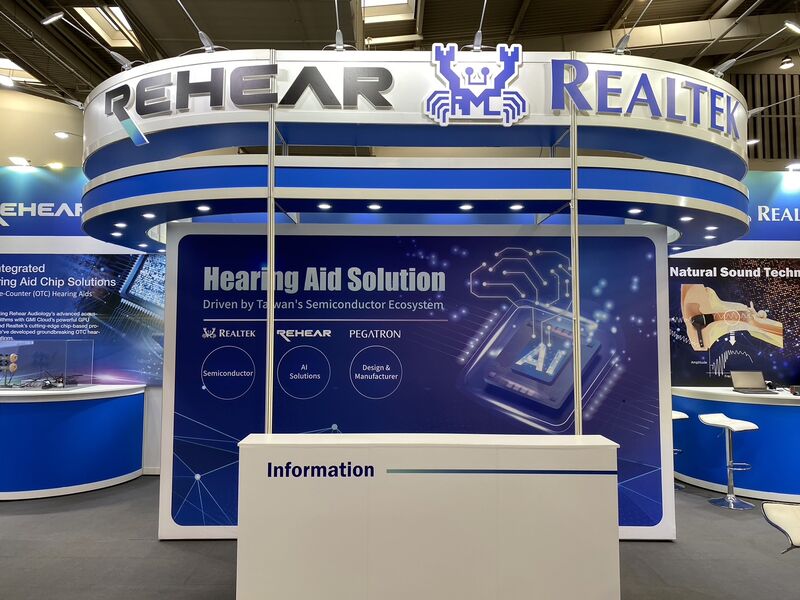Reported by PTS News Network
To address the susceptibility of traditional microphones to electromagnetic interference and the resulting noise issues, a research team led by Professor Cheng-Yang Liu from the Department of Biomedical Engineering at National Yang Ming Chiao Tung University (NYCU), in collaboration with the Department of Otolaryngology at Cheng Hsin General Hospital and the Instrument Technology Research Center of the National Applied Research Laboratories, has successfully developed an innovative optical fiber microphone. This microphone, as thin as a strand of human hair, can precisely capture sound signals, showing significant potential for applications in smartphones, wearable devices, hearing aids, and other electronic products.
To ensure the accuracy of the signals, Yi-Chin Wu, a second-year master’s student at NYCU’s Institute of Biomedical Engineering, conducted measurements and comparisons to evaluate the performance of the optical fiber microphone. Wu stated, “After creating the prototype, we began optimization. As demonstrated, it can now measure the entire frequency range audible to the human ear.”
The optical fiber microphone can accurately capture sounds within the frequency range of 100 to 10,000 Hz. Professor Liu noted that this range encompasses most of the human auditory spectrum. Additionally, the microphone is immune to electromagnetic interference, has very low self-noise, and is only as thick as a human hair. Its simple structure and relatively low production cost make it highly advantageous.
Professor Liu explained, “Applying this to medical devices, such as hearing aids or cochlear implants, can significantly enhance measurement sensitivity and reduce production costs. We are the first in Taiwan, and possibly globally, to develop this optical fiber microphone. In addition to publishing our findings in journals, we are also in the process of applying for patents.”
While the team has developed the microphone probe, components like sound amplifiers or audio processing still require integration with relevant chips or mechanisms. The team plans to collaborate with Professor Ying-Hui Lai, Chair of the Department of Biomedical Engineering at NYCU, to establish a complete microphone module.
Professor Lai stated, “By integrating with semiconductor companies like Rayin, which specialize in chip development, we can envision future hearing aids or earphones becoming increasingly compact, thereby assisting users in hearing better.”
Professor Liu also highlighted that, beyond enabling smaller electronic products like hearing aids, the microphone has potential applications in medical institutions. For instance, during MRI scans, medical technicians need to communicate with patients. Using the optical fiber microphone placed on the patient or around the MRI machine would pose no issues.

